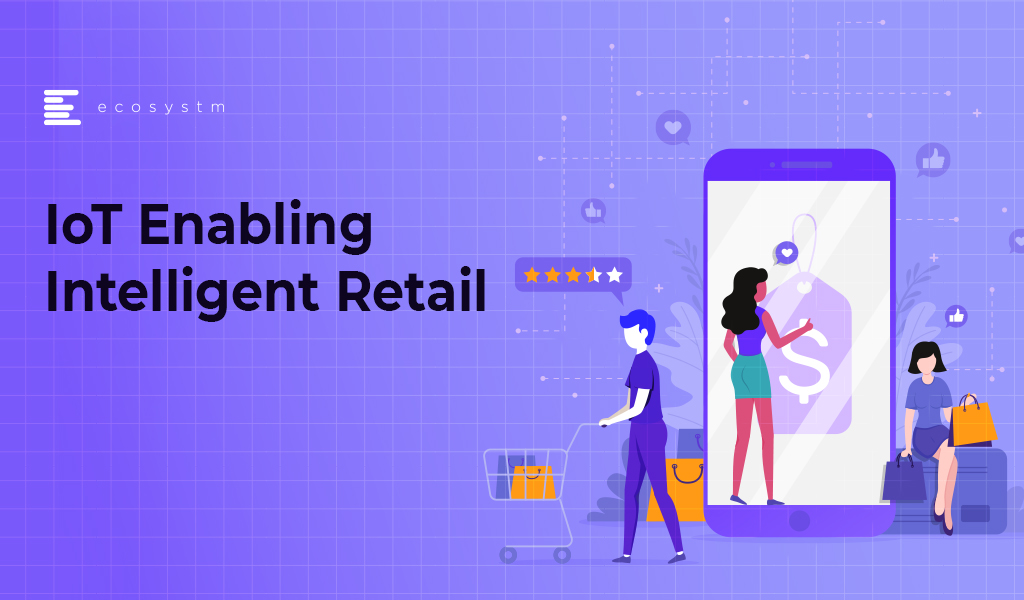
The Retail industry faces constant disruption because of unpredictability and seasonality for reasons ranging from economic uncertainties to festive seasons. Technology adoption has emerged as a key differentiator between the success stories and the also-rans in the industry. The biggest example of this would probably be eCommerce heavyweights in China, that were revolutionised by digital technology, forcing global Retail counterparts to transform to compete. Emerging technologies are helping organisations drive customer loyalty and improve their supply chain for better cost efficiency.
Drivers of Technology Adoption in Retail
There are several factors that have made the Retail industry one of the leaders in technology adoption.
- Evolving Customer Preferences. Understandably, customers are kings in the Retail industry and their preferences drive the industry. For many years, customer loyalty was implemented through ‘loyalty programmes’ but today’s customers are not bound by cards and points, and factors such as same-day delivery, multiple payment options, on-the-spot problem resolution, and even invitations for exclusive events have a role to play in customer retention. The focus has shifted to better customer experience (CX). Retailers have access to immense data on their customers (which in turn raises concerns around data handling and compliance – requiring further investments in cybersecurity solutions), which is collected at every point of interaction and can be analysed for personalised and just-in-time offerings.
- Maturity of the Omnichannel. Omnichannel retailing has been gaining grounds since the advent of eCommerce. However, the proliferation of mobile apps enabled not only easy access and monitoring of loyalty programmes, but also advanced capabilities such as the real-time view of inventory, and incorporation of virtual assistants for CX – and are pushing traditional players in the Retail industry to innovate and adopt the technology. However, as omnichannel has become the norm, retailers are evaluating the channels they want a presence on. While experts predicted that a brick-and-mortar presence would become redundant, retailers are realising that while consumers do research on the Internet and apps, many prefer to inspect and buy at a physical shop. This requires better integration and supply chain visibility across all touchpoints.
- Globalisation of the Market. No longer can a retailer be sure of where the actual competition lies. One just has to look at the number of platforms and websites originating from Japan that have a presence across the globe to understand that competition can come from outside your country and very easily. Nor can they be sure of the best place to source their products as the world becomes one global market. In this global world, it is very important for retailers to have complete visibility of their supply chain, whether for a brick-and-mortar store or for eCommerce.
The global Ecosystm AI study reveals the top priorities for retailers (and etailers), focused on adopting emerging technologies (Figure 1). It is very clear that the top priorities are driving customer loyalty (through initiatives such as market segmentation and pricing optimisation) and supply chain optimisation (including demand forecasting and fraud detection, as procurement widens). 
IoT as an Enabler of Retail Transformation
The Retail industry is particularly leveraging IoT as they are faced with the overwhelming need to transform. The global Ecosystm IoT study reveals the areas that organisations are looking to benefit from IoT implementations (Figure 2). Retail organisations are essentially looking to creating a competitive edge – cost savings are not high on the list of benefits they are looking at.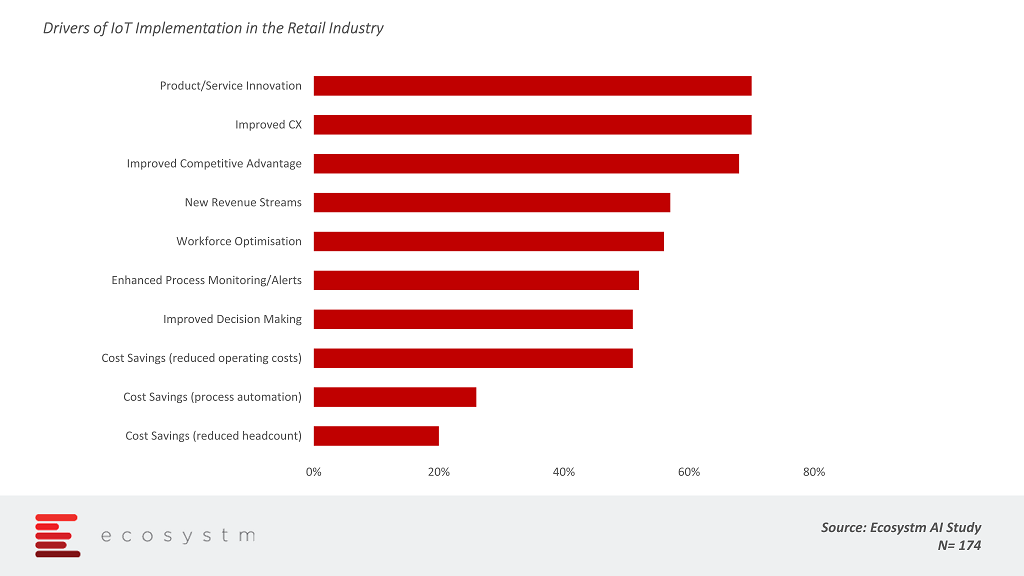
Several Retail organisations are deploying customer management IoT solutions such as payment systems, customer identity authentication (especially in eCommerce), Digital Signage, customer satisfaction measurement through smart buttons, and location-based marketing. Asset management IoT solutions such as IoT-based inventory and warehouse management are also gaining traction.
Examples of IoT Use in Retail
IoT for Customer Experience
- Automated POS terminals. Customers are put off by long queues, and automated checkout systems are improving CX. Caper’s plug-and-play cart-system is a shopping cart with a built-in barcode scanner and credit card swiper which automatically scans items when they are dropped in, with the help of image recognition cameras and weight measuring sensors.
- Smart Mirrors. Smart fitting rooms are transforming the way customers browse, try out and shop. Smart Mirrors enhance customers’ shopping experience through interactive fitting rooms which connect retailers and customers digitally. Rebecca Minkoff reinvented the dressing room using Smart Mirrors.
IoT for Marketing
- Digital Signage. Digital Signage has proved to be an effective way of target marketing, eliminating the need for employees to put up physical signs and enabling dissemination of the latest product news and promotions to the consumers. Advanced Digital Signs include heat-mapping to upsell items based on high-traffic areas. Prendi, an Australian design agency created an interactive retail experience that is intended for store managers to showcase the most popular products, provide information, and simplify the overall sales and purchase process. Customers can take time to easily navigate through store inventory on a single screen, order for items digitally, which is then sent to a salespersons’ handheld devices, allowing them to take the items over to the customers.
- Location-Based Marketing. Many retailers are collaborating with financial institutions and location-enabled apps to send push notifications on latest deals and offers straight to the customers’ devices, once they enter a demarcated location. This provides just-in-time data that increases app engagement and retention. Ukrainian hypermarket, Auchan, started a beacon pilot in Dec 2016 and kept adding new campaigns to strengthen the offerings in 2017. The hypermarket makes use of beacons to enable customers to receive notifications on navigation and promotions as they move through the store.
IoT for Supply Chain Optimisation
- Smart Shelves. Shelves have turned out to be more than just a surface for displaying and storing objects. Retail stores are utilising RFID readers, weight sensors, proximity sensors, and 3D cameras for real-time visibility on inventory, layout, and shopper preferences. For FMCG products, monitoring the shelf life of perishable goods and proactive reorder alerts are extremely useful. Kroger Smart shelves are designed to offer digital support – they show ads, digital coupons that consumers can easily add to their mobile devices and changed prices as stores calibrate their product pricing. The shelves are built on top of sensors that keep track of products and real-time in-store inventory counts.
- Remote Supply Chain. Retailers are looking to create a competitive edge and grow profits by optimising and digitising their supply chain management through IoT. Tive helps users keep real-time tabs on the condition of their shipped goods, notifying them about shock, vibration, tilt and other factors that might detrimentally affect those goods. Doing so allows retailers to expedite a replacement shipment and give customers a heads-up, and also tells when and where the delay occurred so future shipping routes can be adjusted if necessary.
- Warehouse Automation. Devices, sensors and RFID tags help warehouse managers to know the exact details, location, and progress of any product at any time. This gives higher visibility into the inventory and the entire supply chain. UPS is using smart glasses in test programmes to reduce the amount of labelling on packages. Robots are used by the worldwide shipping company DHL in some of the company’s more modern facilities to reduce labour costs and improve order fulfillment speed and accuracy, all without disrupting ongoing warehouse operations.
The Retail industry already has several IoT use cases and AI-enabled IoT will further transform the industry. What are some interesting use cases that you can think of for the Retail and allied industries? Let us know in your comments below.


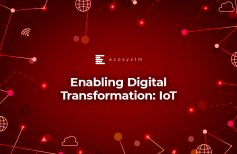
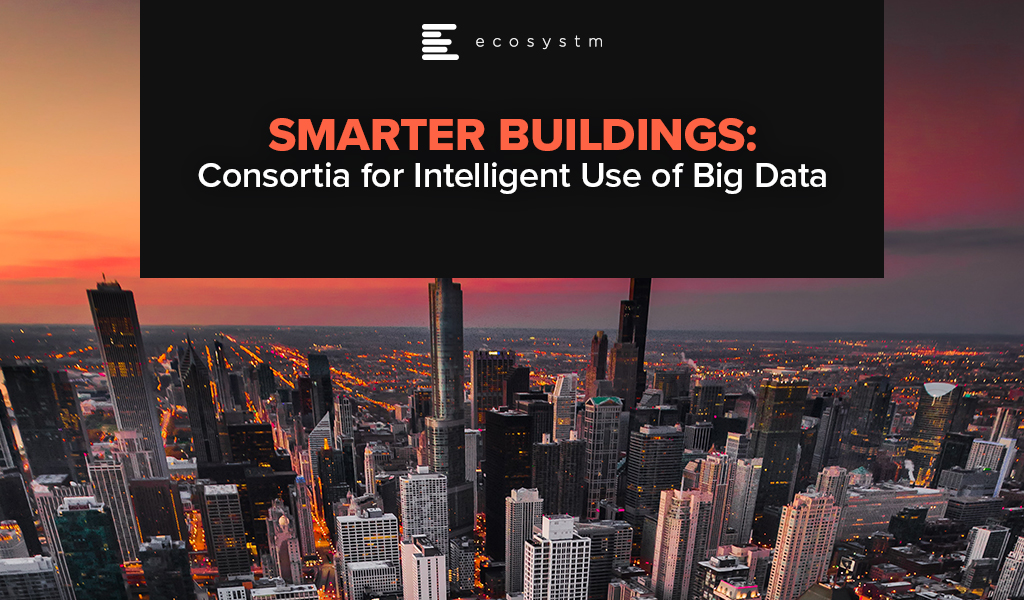
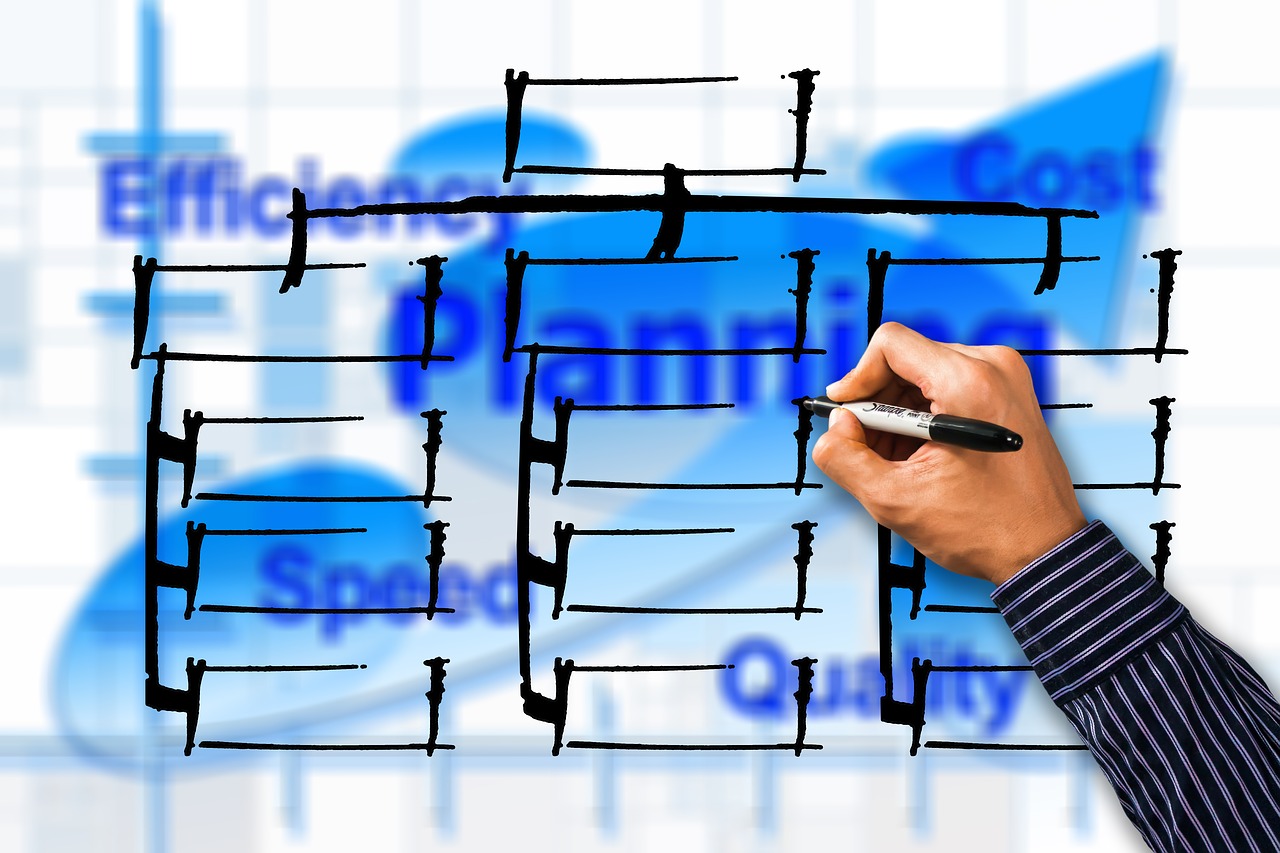


Internet of Things or IoT is the future. It has a presence in almost every sector and helps businesses to grow their business more easily and fast. The IoT technology helps many industries, especially in E-commerce & Retail. With the use of IoT, e-commerce and retail businesses get more potential which helps them to expand their reach.
You’ve shared great info. With us
Keep sharing.